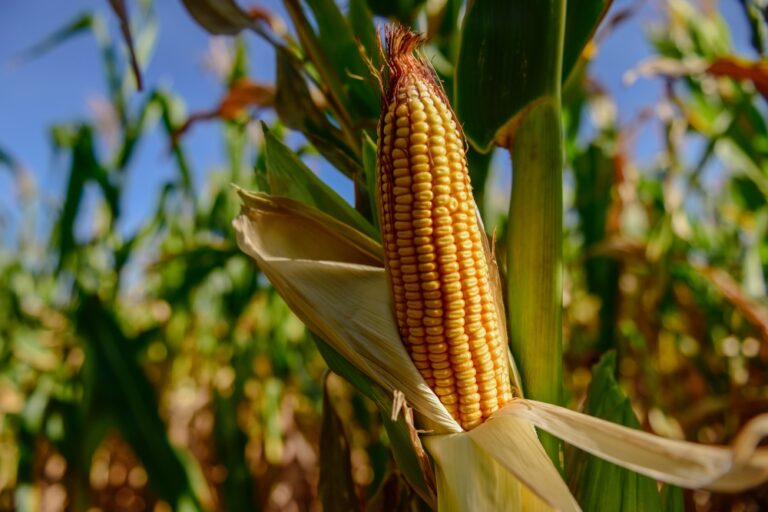1. Supply and Demand
At the heart of commodity pricing is the principle of supply and demand. When demand for a commodity exceeds its supply, prices typically rise, reflecting scarcity. Conversely, when supply is abundant and demand falls, prices drop. This fundamental economic principle applies to most commodities, including oil, metals, and agricultural products.
For example, a bumper harvest of rice can lead to lower prices due to oversupply, while droughts or geopolitical tensions that restrict oil supply can cause prices to spike.
2. Global Commodity Exchanges
commodities are traded on global exchanges like the London Metal Exchange (LME), Chicago Mercantile Exchange (CME), or the New York Mercantile Exchange (NYMEX). These exchanges provide transparent platforms for buyers and sellers to trade commodities based on current market prices. Prices on these exchanges are constantly updated based on real-time trading activity and are often used as benchmarks for global trade.
Each commodity typically has a “spot price,” which reflects the current market price, and “futures prices,” which reflect the market’s expectations of the commodity’s value at a future date.
3. Geopolitical Factors
Geopolitical events can have a significant impact on commodity prices. Political instability, wars, and trade disputes can disrupt the supply of commodities, leading to price volatility. For instance, oil prices are often influenced by tensions in the Middle East, as the region is a major supplier of crude oil. When political events threaten production or transportation, oil prices can skyrocket.
Similarly, trade restrictions or tariffs imposed by major countries can affect the global supply chain, impacting commodity prices.
4. Weather and Environmental Conditions
For agricultural commodities, weather plays a significant role in pricing. A good growing season with favorable weather conditions will increase the supply of crops, leading to lower prices. On the other hand, extreme weather events like droughts, floods, or hurricanes can reduce crop yields, causing prices to rise.
The unpredictability of weather makes agricultural commodity markets particularly volatile. For example, a sudden frost in Brazil, one of the world’s largest coffee producers, can lead to a sharp rise in coffee prices globally.
5. Currency Exchange Rates
Commodities are often traded in U.S. dollars, so fluctuations in exchange rates can affect their prices. When the U.S. dollar strengthens, commodities become more expensive for buyers using other currencies, which can reduce demand and lower prices. Conversely, a weaker dollar makes commodities cheaper for foreign buyers, increasing demand and driving up prices.
For commodity traders and companies involved in global trade, exchange rate fluctuations are a crucial factor to monitor.
6. Hedging and Speculation
Commodity prices are also influenced by hedging and speculation. Producers and consumers of commodities often use futures contracts to hedge against price fluctuations. For example, an oil producer may lock in a price for their future production to protect against a potential decline in oil prices.
Speculators, on the other hand, trade commodities to profit from price movements. Their activity can add to market volatility, driving prices up or down based on their expectations of future supply and demand conditions.
7. Government Policies and Regulations
Governments play a key role in influencing commodity prices through policies and regulations. For instance, subsidies for farmers, tariffs on imported goods, or restrictions on commodity exports can all impact the supply and pricing of commodities. Additionally, environmental regulations aimed at reducing carbon emissions can lead to higher costs for producing energy commodities like coal and oil, influencing their prices.
8. Production Costs
The cost of producing a commodity can also influence its price. For commodities like oil and metals, the cost of extraction, refining, and transportation are significant factors. When production costs rise due to labor shortages, increased energy costs, or new regulations, commodity prices may also increase.
For instance, if mining costs rise due to stricter environmental standards or increased wages, the price of metals like iron ore or aluminum could climb.
Conclusion
Commodity pricing is a complex and dynamic process driven by a range of factors, from basic supply and demand to geopolitical events, weather conditions, and currency fluctuations. Understanding these variables is key for anyone looking to engage in commodity trading or for businesses that rely on commodities to operate.
Whether you’re trading in iron ore, oil, agricultural products, or any other commodity, being aware of the factors influencing prices will help you make informed decisions and navigate the volatile commodity markets. At Veduta Global, we leverage our expertise in commodity trading to offer insights and strategies that help clients maximize their investments in a constantly changing market.






